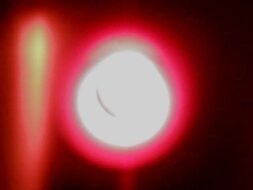Muon Space unveiled plans today for its LEO FireSat Constellation, a wildfire management network the company is building with Earth Fire Alliance.
The constellation will leverage the Muon Halo spacecraft platform and incorporate multispectral infrared instruments. The group plans to launch its pathfinder satellite in 2025 and its first three birds in 2026.
“Together with the fire community, we are looking forward to applying modern machine learning techniques to scalably detect and track fires globally to make it usable for on-the-ground decision making,” said Chris Van Arsdale, the head of Google Research’s climate & energy group, which is also contributing to the FireSat mission.
Firefighters: The fire detection data will be sent to first responders for rapid fire suppression. The 6-band multispectral infrared instrument is designed to identify fires as small as 5×5 meters and has been programmed to filter out false positives for improved accuracy.
“We believe that high-fidelity data, equitably accessible on a global scale, will help us more effectively reduce the negative impacts of wildfire, improve land management, and recognize beneficial fire practices that contribute to more resilient communities,” said Brian Collins from the Earth Fire Alliance.
The initial constellation of three sats will be able to search for fires twice a day. Muon plans to grow the constellation to 50+ satellites, which will dramatically shorten revisit times and allow first responders to spot fires faster. Improving response time by just 15 minutes can save billions of dollars, according to a report from the Gordon and Betty Moore Foundation
Teamwork: Environmental Defense Funds, Moore Foundation, and Minderoo Foundation have also contributed to developing FireSat.




